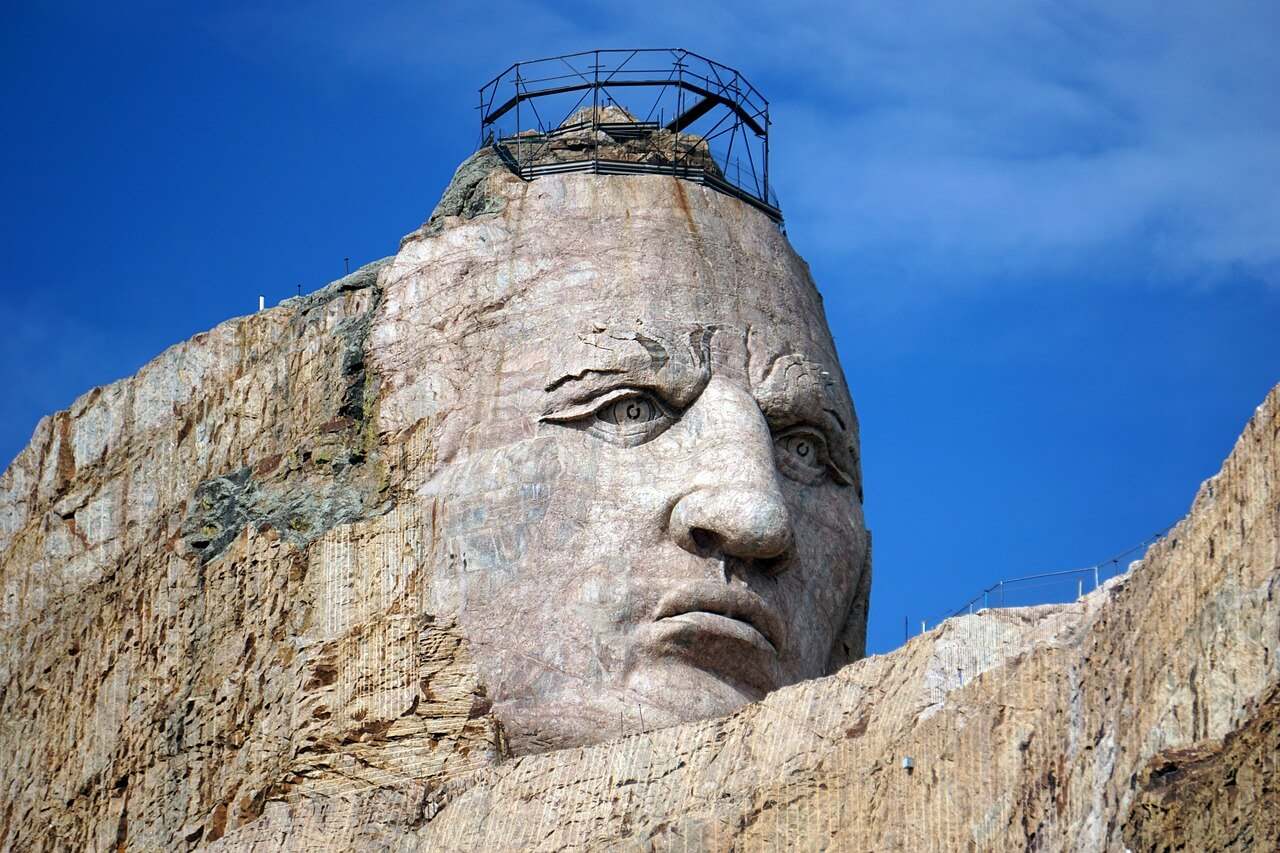Crazy Horse is one of the most renowned figures of the American Wild West. Known as a fearless Lakota warrior, he epitomized the spirit and resistance of the Plains Indians during the late 19th century. His dedication to preserving the way of life of his people made him a symbol of resilience and defiance against U.S. encroachment. His legacy lives on today as a testament to the enduring spirit of the Native American people.
In the following five facts, we’ll introduce some of the most well-known aspects related to the figure of Crazy Horse.
Which tribe did Crazy Horse belong to?
Crazy Horse was a member of the Sioux tribe, more specifically a part of its subdivision known as the Lakota, and even more precisely, the Oglala band. The Sioux, comprising various groups, were dominant in the Northern Plains, with the Lakota being one of its key sub-tribes.
During Crazy Horse’s era, the Lakota population was around 25,000. They predominantly settled in the Great Plains, a vast region of grasslands in the heart of North America. Living a nomadic life, they heavily relied on the buffalo for both food and resources.
The Controversy Surrounding Crazy Horse’s Photograph
Crazy Horse’s deep-seated aversion to being photographed is evident in his words: “My friend, why should you wish to shorten my life by taking from me my shadow?” While many sources, including Valentine McGillycuddy and Agent Brennan of the Pine Ridge Reservation, doubt the existence of any genuine photographs of the legendary leader, some argue otherwise.
In 1956, J. W. Vaughn published a tintype portrait, claimed to be of Crazy Horse, which was later exhibited at the Custer Battlefield Museum in Garryowen, Montana. However, experts have raised concerns about the photograph’s authenticity, citing the depicted attire’s alignment with Buffalo Bill’s Wild West Indian performers and other inconsistencies typical of images from a later period. The true existence of a photograph of Crazy Horse remains one of history’s enduring mysteries.
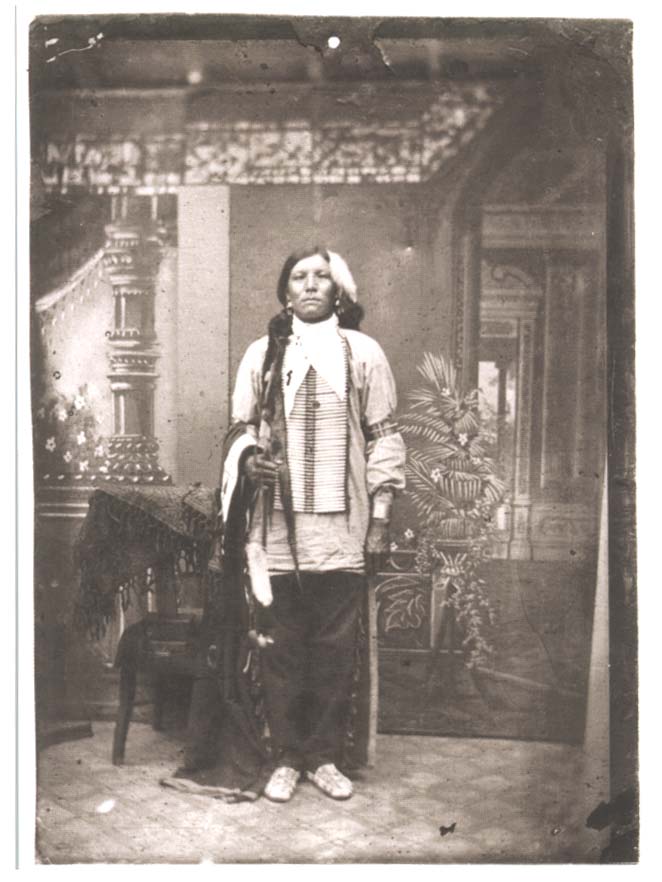
Crazy Horse and His Personal Life
In the complex tapestry of Crazy Horse’s life, his relationships played a significant role. One of the most poignant chapters of his personal story revolves around his relationship with Black Buffalo Woman. Despite their evident affection for each other, circumstances led Black Buffalo Woman to marry another man, No Water. However, their feelings didn’t diminish, and during a visit to her camp, a confrontation occurred between Crazy Horse and No Water. The altercation resulted in Crazy Horse being wounded by a gunshot from No Water, a significant event that painted the intensity of their relationship.
After his tumultuous relationship with Black Buffalo Woman, Crazy Horse married another woman, Black Shawl, with whom he had a daughter. However, tragically, his young daughter met an untimely death, adding to the layers of hardship in Crazy Horse’s life. By 1877, during his time at the reservation, he was known to have had a third wife, though much of their story remains shrouded in the annals of history.
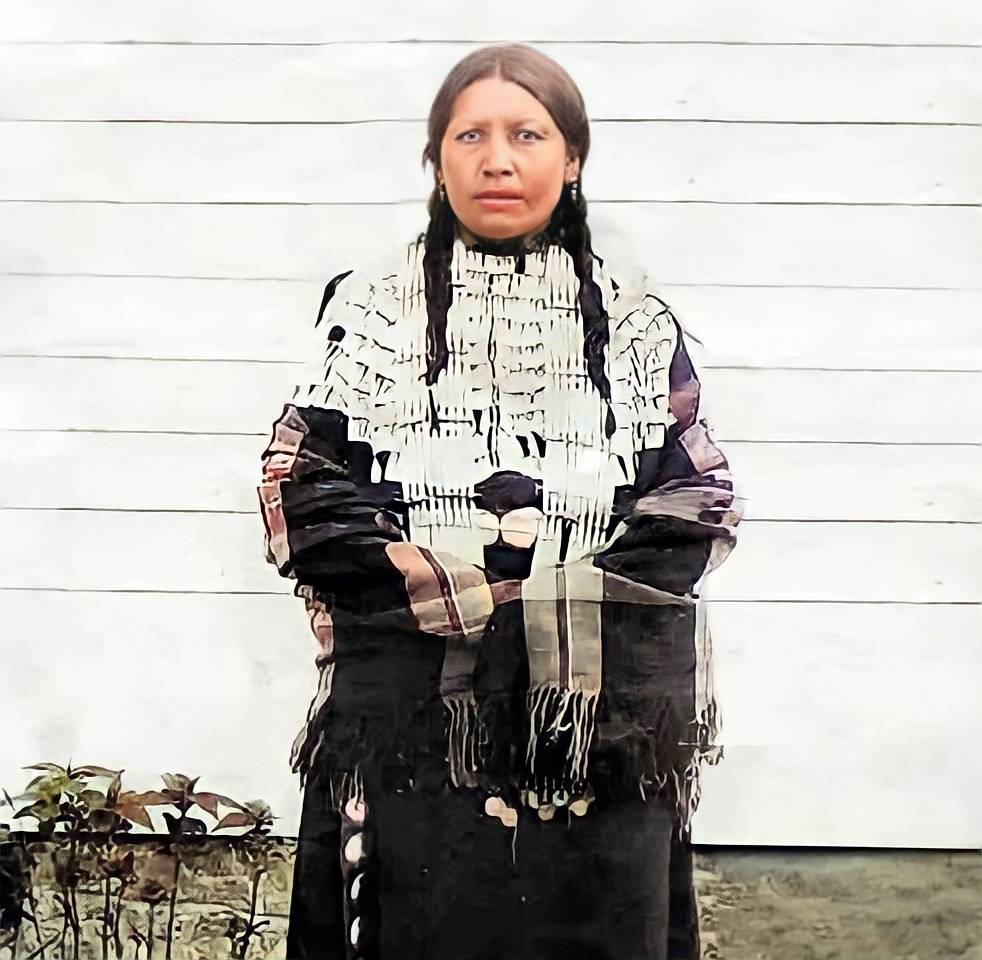
To visualize Crazy Horse, one might consider the account of Short Buffalo, who knew him intimately. He described Crazy Horse as being “not very tall and not very short, neither broad nor thin.” Setting him apart from others, Crazy Horse had notably light hair and a much lighter complexion than most Native Americans of his time. His face wasn’t particularly broad, and he possessed a distinctively high, sharp nose, adding to his unique visage.
Crazy Horse’s Renowned Battles and Battlefield Prowess
Crazy Horse’s military exploits are legendary, cementing his reputation as one of the most formidable Native American warriors of his time. He participated in several pivotal battles against U.S. military forces, defending his people’s rights, lands, and way of life. Among these engagements, the Battle of the Rosebud, the Battle of the Fetterman Fight, and the Battle of Platte Bridge stand out. However, it was the Battle of the Little Bighorn that elevated his fame to unparalleled heights.
At the Battle of the Little Bighorn in 1876, also known as Custer’s Last Stand, Crazy Horse led a group of Lakota warriors against the 7th Cavalry Regiment of the U.S. Army. The indigenous forces achieved a resounding victory, overwhelming Lieutenant Colonel George Armstrong Custer and his troops. This triumph was a significant blow to U.S. military pride and made headlines across the country. Crazy Horse’s tactical acumen and fearless leadership during the battle solidified his reputation as a strategic genius and an indomitable warrior.
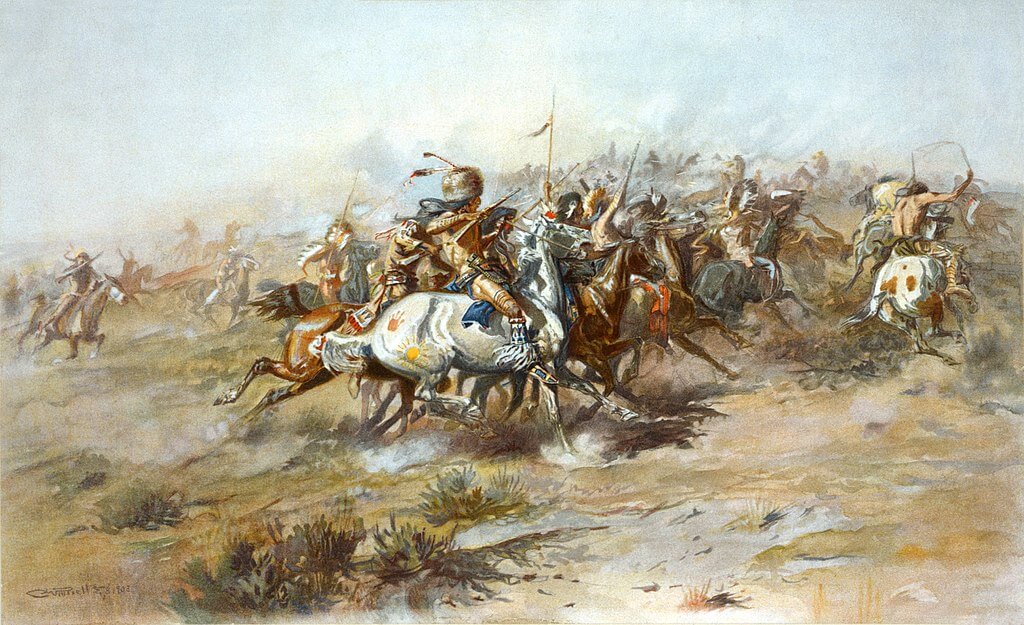
On the battlefield, Crazy Horse was known for his audacity, decisiveness, and an almost ethereal ability to evade harm. His fellow warriors often recounted tales of his daring feats, from charging into enemy lines to orchestrating complex maneuvers that left opponents bewildered. His battlefield behavior earned him admiration and respect, not just among his people but even among those he opposed. The victory at Little Bighorn, combined with his reputation for fearless combat, ensured Crazy Horse’s place in the annals of history as one of the most influential figures of the American West.
The Tragic Demise of Crazy Horse
Crazy Horse’s final chapter is shrouded in tragedy, betrayal, and misunderstanding. Throughout his life, he had a potent vision that foretold his end. He believed he would be harmed, perhaps even killed, but only if his hands were bound by his own people. This vision became hauntingly prophetic in his last days.
In the waning years of his life, Crazy Horse was persuaded to go to the reservation. However, his presence there was not universally welcomed. Many Lakota chiefs, weary of conflict and desiring peace, viewed Crazy Horse with suspicion and disdain. They saw his independent spirit and unwillingness to fully conform to reservation life as a threat to the fragile peace they sought to maintain.
Misunderstandings, many exacerbated by poor translations, further deepened the rifts. One notable incident was a mistranslation of Crazy Horse’s words. Instead of conveying his intent to battle another Native American tribe (Nez Perce), his words were erroneously translated to mean he wanted to kill all white men—a severe distortion that ignited unnecessary tensions.
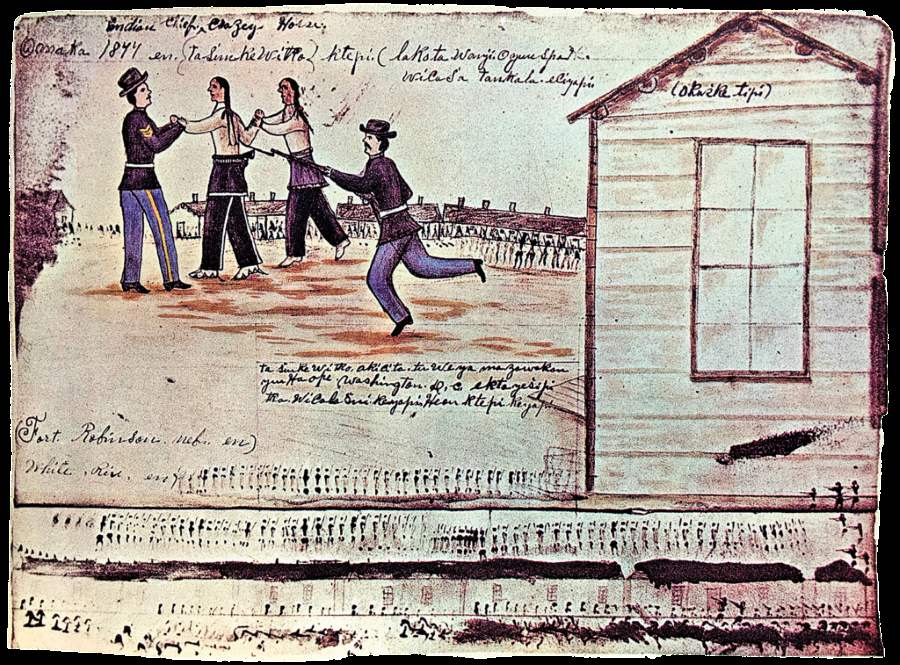
The culmination of these tensions came when, under the pretense of holding talks, Crazy Horse was deceitfully arrested. He was led to believe he was being escorted for a peaceful conversation. Instead, he was being taken to a cell. Realizing the betrayal, a scuffle ensued, during which Crazy Horse was fatally stabbed with a bayonet. His former ally, Little Big Man, was among those restraining him during the fatal altercation.
Crazy Horse’s tragic end underscores the profound misunderstandings, betrayals, and cultural clashes that characterized the era. His death, like his life, serves as a poignant reminder of the complexities and hardships faced by indigenous peoples during the westward expansion of the United States.
Historical Challenge: Can You Conquer the Past?
Answer more than 18 questions correctly, and you will win a copy of History Chronicles Magazine Vol 1! Take our interactive history quiz now and put your knowledge to the test!

